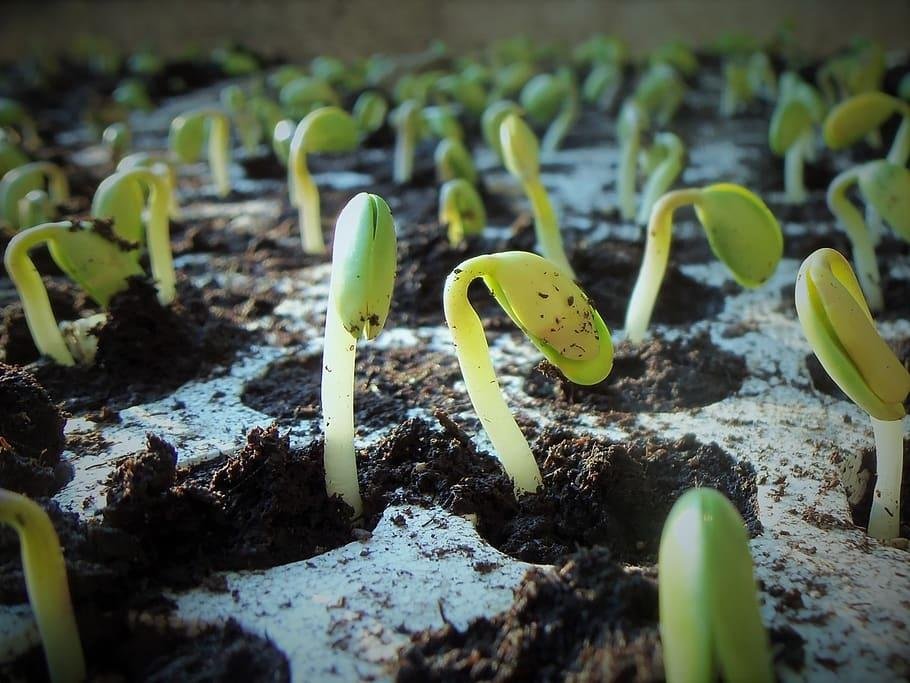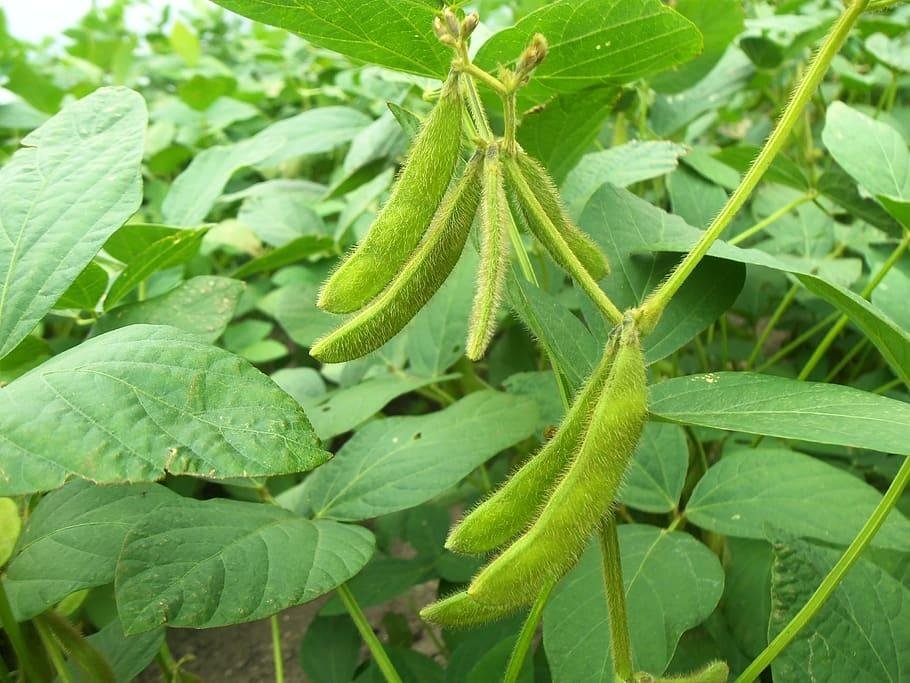Phosphorus is one of the three essential nutrients for plant growth, directly involved in energy transfer, root development and fruit ripening. Phosphorus deficiency can lead to short plants, dark purple leaves and delayed ripening; excessive phosphorus can cause premature aging and trace element deficiency.

1. Core role
Promote root growth and enhance drought and cold resistance
Improve fruit quality and shorten the ripening cycle
Drive carbohydrate and protein synthesis
2. Scientific application
Acidic soil: give priority to phosphate rock powder and calcium magnesium phosphate fertilizer
Neutral or calcareous soil: suitable for phosphate fertilizer varieties such as general calcium and heavy calcium
Critical period: water-soluble phosphate fertilizer is required during the seedling stage (such as rapeseed and tomatoes)
Crop priority: Leguminosae > wheat > rice
3. Industry dynamics
In 2024, the price of monoammonium phosphate will increase by 34.88% year-on-year
The cost of phosphate rock will increase, pushing up production costs
The demand for new energy will surge (annual output of lithium iron phosphate exceeds 2 million tons)
4. Precautions
Leguminous crops and overwintering crops need to give priority to ensuring phosphorus supply
Avoid excessive application year after year to prevent soil compaction
Beware of excessive phosphorus that hinders the absorption of zinc and iron
Phosphate fertilizer prices have remained high and volatile this year, with high raw material costs and growing demand for new energy being the main drivers. Farmers are advised to prioritize the supply of phosphate fertilizers for leguminous crops and overwintering crops based on the phosphorus requirements of crops, and pay attention to soil pH to select appropriate phosphate fertilizer varieties.





